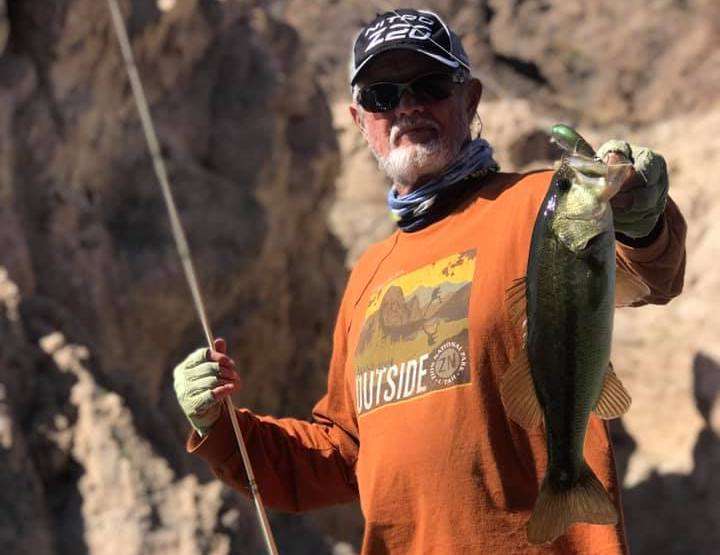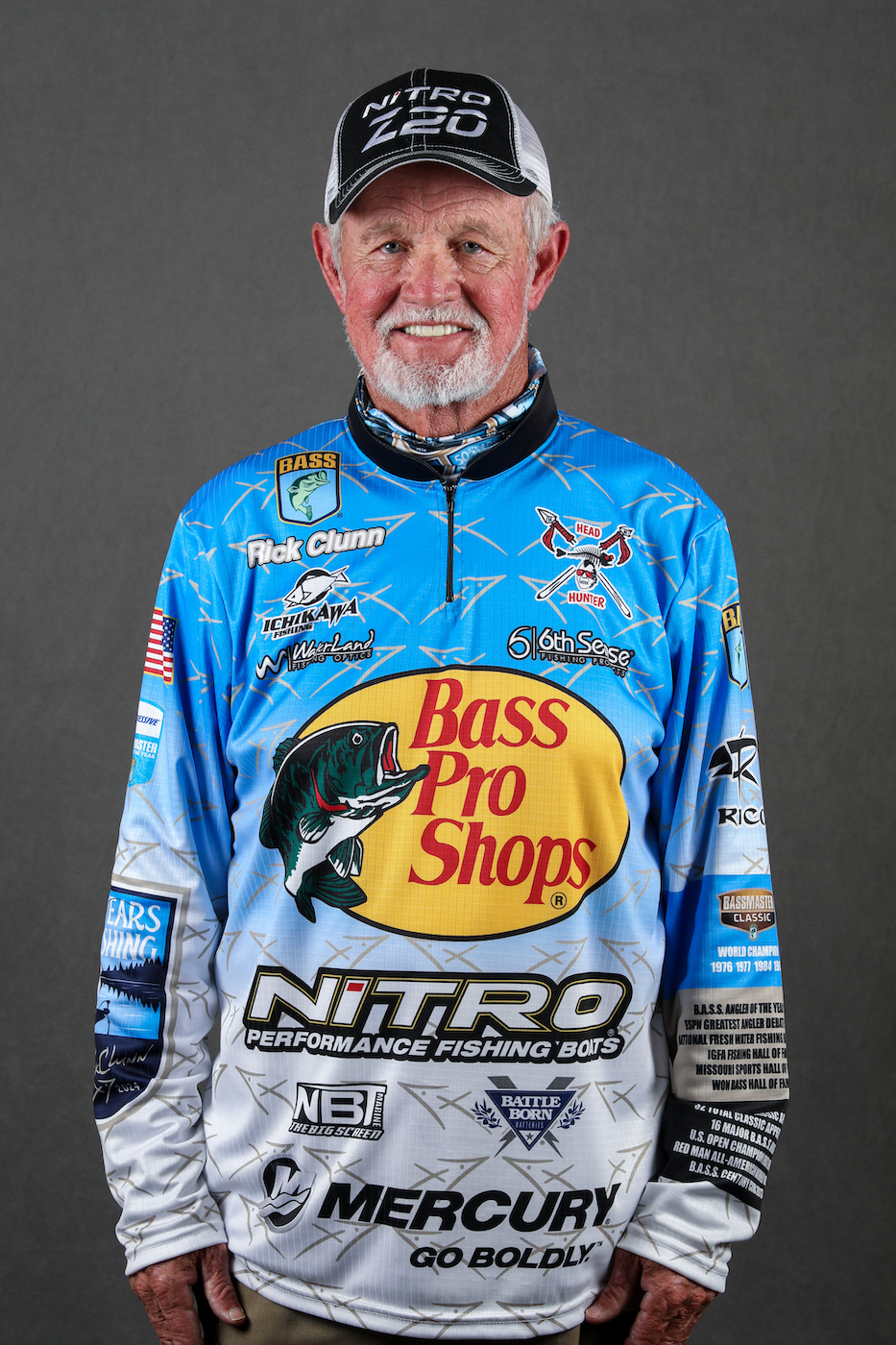
People often ask why I make the 25-hour trek to Nevada to fish the U.S. Open on Lake Mead. I first fished the tournament in 1981 and have fished it 25 times over the years.
The reason is simple – it’s always served as a barometer of where I’m at in my career. It tests all of the elements that are necessary for me to do what I do.
It’s the Iditarod of fishing. In the early days when it was held during the middle of summer you were fishing in 120-degree weather for the seven days of practice and competition. The last two I fished were fall events when it’s cooler, but it’s still challenging.
Each basin can have its own weather. It’s been so hot that you have to get in the lake to cool off. One year it rained in one of the basins and the temperature dropped nearly 40 degrees, forcing anglers to get in the water to stay warm.
It tests you in so many other ways. It could be at full pool or 159 feet low – like it was this year. It’s like fishing a new lake each year, and it forces the fish to move around. Sure, it’s stingy with the fish that are there and there aren’t many big ones, adding to the challenge.
Mead is huge, like three to four lakes in one. Large canyon areas separate the various basins and each can be different. I’ve won it twice, in 1983 and 1986. One year I caught my winning fish in the Grand Canyon, and the next win came from the opposite end of the lake.
That constant shift in the fishery makes it a level playing field and reduces local advantage, but it also renders a true litmus test of the mind, body and soul.
I also like it because you’re paired with co-anglers, most of whom are western anglers who utilize finesse techniques from which I can learn. I never begrudge the fact he is catching fish behind me because I learn a little more about what the fish are doing and what I need to improve.
I also go because my family loves going there to enjoy the natural habitat, geology and beauty – terrain we don’t get to experience around here. You will see bighorn sheep, packs of coyotes and wild donkeys around the shore.
For example, my son Sage joined me for a practice day this year.
Because the water was so low, the number of ramps was limited, and I wanted to fish the upper end which was a long run. So, after fishing, we lowered the Power-Poles in shallow water and camped there for the night, sleeping on the deck of the boat.
The next morning, we saw a young donkey stuck in quicksand and Sage wanted to help it get out. He took nearly an hour, but he rescued the young burrow that returned to its mother nearby and began nursing.
That’s something you don’t see every day.
So, the U.S. Open at Lake Mead is a magical place for me, and the challenging conditions offer a unique opportunity. It allows me to evaluate who I am as an angler, testing every part of my being – mind, body and heart. If you aren’t operating at a high level the lake will kick your butt.
Win or lose, you come away knowing whether you can handle so many variables thrown at you and if your passion for the sport is alive and well.

